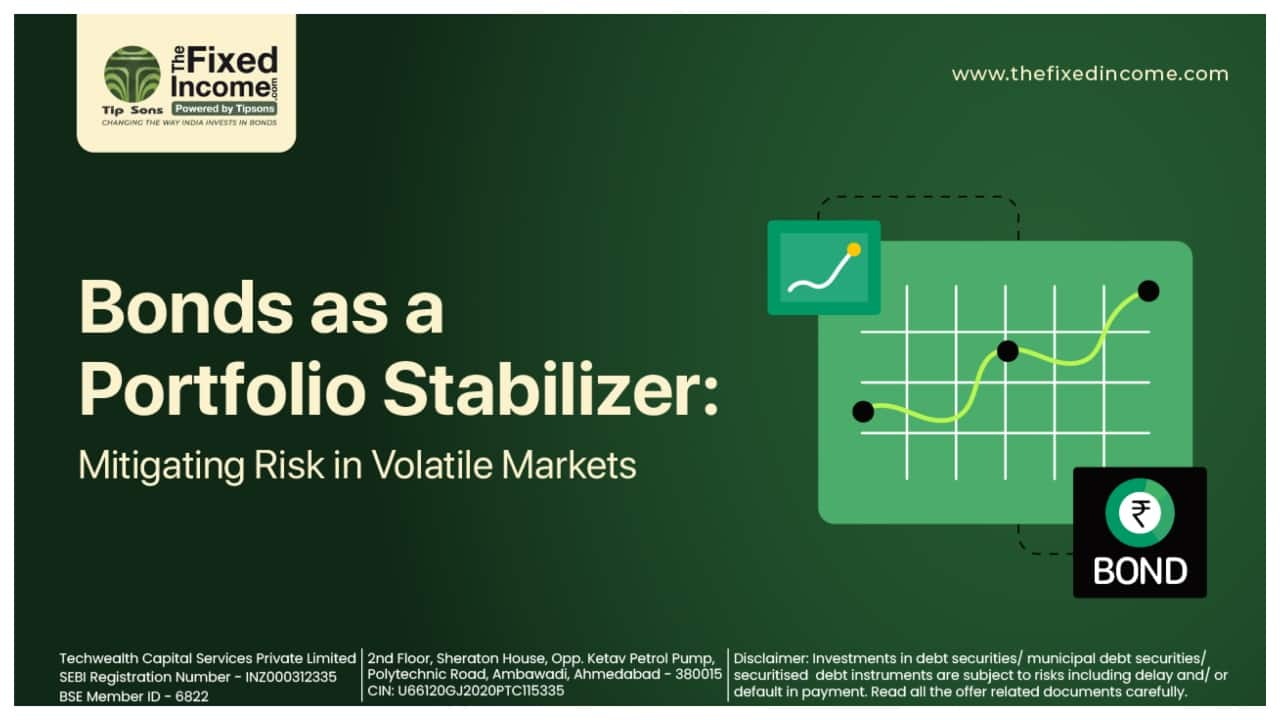Financial markets are constantly influenced by macroeconomic trends, monetary policies, and geopolitical events. Recent market volatility, driven by inflation, interest rate fluctuations, and global uncertainties, underscores the need for a well-diversified investment strategy. Bonds serve as a crucial stabilizing force by offering consistent returns and reducing overall portfolio risk exposure.
For more information on bonds and fixed-income instruments, readers can visit TheFixedIncome . Navigating market turbulence: The role of bonds Equity markets experience frequent fluctuations, with high-growth phases often followed by sharp corrections. While stocks offer long-term return potential, their volatility exposes investors to substantial risk.

Bonds, in contrast, provide fixed interest payments and lower price volatility, making them a reliable counterbalance in a diversified portfolio. Their inverse relationship with interest rates enables them to hedge against stock market downturns, as investors shift capital to bonds during economic uncertainty, driving bond prices higher. Historical evidence: Bonds as a defensive asset Historical data supports the notion that bonds buffer against equity market declines.
During the 2008 Global Financial Crisis, stock indices plummeted, yet US Treasury securities attracted substantial inflows, preserving portfolio value. A similar trend occurred in 2020 when global markets, including India’s Nifty 50 and Sensex, saw sharp corrections. Meanwhile, Indian Government Securities (G-Secs) and AAA-rated corporate bonds provided stability, reinforcing their role as a hedge against market volatility.
The Reserve Bank of India’s monetary policy adjustments also played a key role in stabilizing the bond market. Portfolio allocation: Optimizing the Bond-Equity Mix The traditional 60/40 portfolio model has long been a standard strategy for risk-adjusted returns. However, evolving economic conditions have prompted investors to explore alternative allocation strategies, such as: ● 50/30/20 Allocation: Allocating 50% to equities, 30% to bonds, and 20% to alternative assets (FDs, gold, REITs, commodities) for diversification.
● Dynamic Asset Allocation: Adjusting bond exposure based on interest rate cycles and macroeconomic trends. ● Duration Management: Combining short- and long-term bonds to balance risk and yield. Bonds as an essential portfolio component Beyond capital preservation, bonds contribute to portfolio stability, generate reliable income, and hedge against downturns.
With ongoing uncertainties surrounding inflation, central bank policies, and market cycles, incorporating bonds is no longer optional. A prudent mix of Bonds ensures risk diversification and long-term portfolio resilience, making them absolutely necessary for navigating volatile markets. (Moneycontrol journalists are not involved in creation of this article).
















